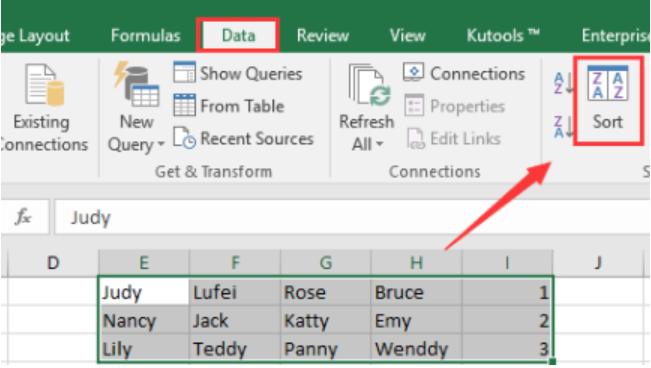
This fictitious sample follows the same pattern as the actual data (which was thousands of rows). ‘VIDEO 00135 CALI DATA CLEANUP’ As you might guess, the data didn’t belong to my dog Cali. What should we do? Define the pattern & re-arrange the data. ‘VIDEO 00122 NORMALIZING EXPORTED DATA’All columns of data are stacked into a single column. Let’s Look At Some Formula Solution Examples It doesn’t work in all cases but if you’re lucky it can make your day! Pivot Table – what? The old ALT D P trick can properly un-pivot some patterns.
 Get & Transform – you don’t have to be a programmer to learn! If formulas are too slow and you don’t want to learn VBA then try Get & Transform!. Spend the time upfront to save many hours later on! VBA – great way to re-arrange your data especially if it’s a re-occurring requirement. Formulas – if you haven’t learned VBA or Get & Transform you can often use formulas to re-arrange your data. Manual – if it’s a small data-set, a clear pattern, and a 1 time task then the good ol’ copy/paste might be the best option. Let’s look at the most common methods to restructure data and then several examples. Is Your Data Twisted In Knots, Backwards Or Upside Down? This post reviews examples of awkwardly twisted data that require transposing, rotating, repeating, etc before it can be properly analyzed. If you want to rotate your data frequently to view it from different angles, consider creating a PivotTable so you can quickly pivot your data by dragging fields from the Rows area to the Columns area (or vice versa) in the PivotTable Field List.Who knows what could happen in the future but for now humans using software cleanup and analyze data (not nerdy robots!). You can convert the table to a range first by using the Convert to Range button on the Table tab, or you can use the TRANSPOSE function to rotate the rows and columns. If your data is in an Excel table, the Transpose feature won’t be available. Verify these formulas use absolute references-if they don’t, you can switch between relative and absolute references before you rotate the data. If your data includes formulas, Excel automatically updates them to match the new placement.
Get & Transform – you don’t have to be a programmer to learn! If formulas are too slow and you don’t want to learn VBA then try Get & Transform!. Spend the time upfront to save many hours later on! VBA – great way to re-arrange your data especially if it’s a re-occurring requirement. Formulas – if you haven’t learned VBA or Get & Transform you can often use formulas to re-arrange your data. Manual – if it’s a small data-set, a clear pattern, and a 1 time task then the good ol’ copy/paste might be the best option. Let’s look at the most common methods to restructure data and then several examples. Is Your Data Twisted In Knots, Backwards Or Upside Down? This post reviews examples of awkwardly twisted data that require transposing, rotating, repeating, etc before it can be properly analyzed. If you want to rotate your data frequently to view it from different angles, consider creating a PivotTable so you can quickly pivot your data by dragging fields from the Rows area to the Columns area (or vice versa) in the PivotTable Field List.Who knows what could happen in the future but for now humans using software cleanup and analyze data (not nerdy robots!). You can convert the table to a range first by using the Convert to Range button on the Table tab, or you can use the TRANSPOSE function to rotate the rows and columns. If your data is in an Excel table, the Transpose feature won’t be available. Verify these formulas use absolute references-if they don’t, you can switch between relative and absolute references before you rotate the data. If your data includes formulas, Excel automatically updates them to match the new placement. 
The data you copied will overwrite any data that’s already there.Īfter rotating the data successfully, you can delete the original data. Pick a spot in the worksheet that has enough room to paste your data. Select the first cell where you want to paste the data, and on the Home tab, click the arrow next to Paste, and then click Transpose. Using the Cut command or CONTROL+X won’t work. Note: Make sure you copy the data to do this.






 0 kommentar(er)
0 kommentar(er)
